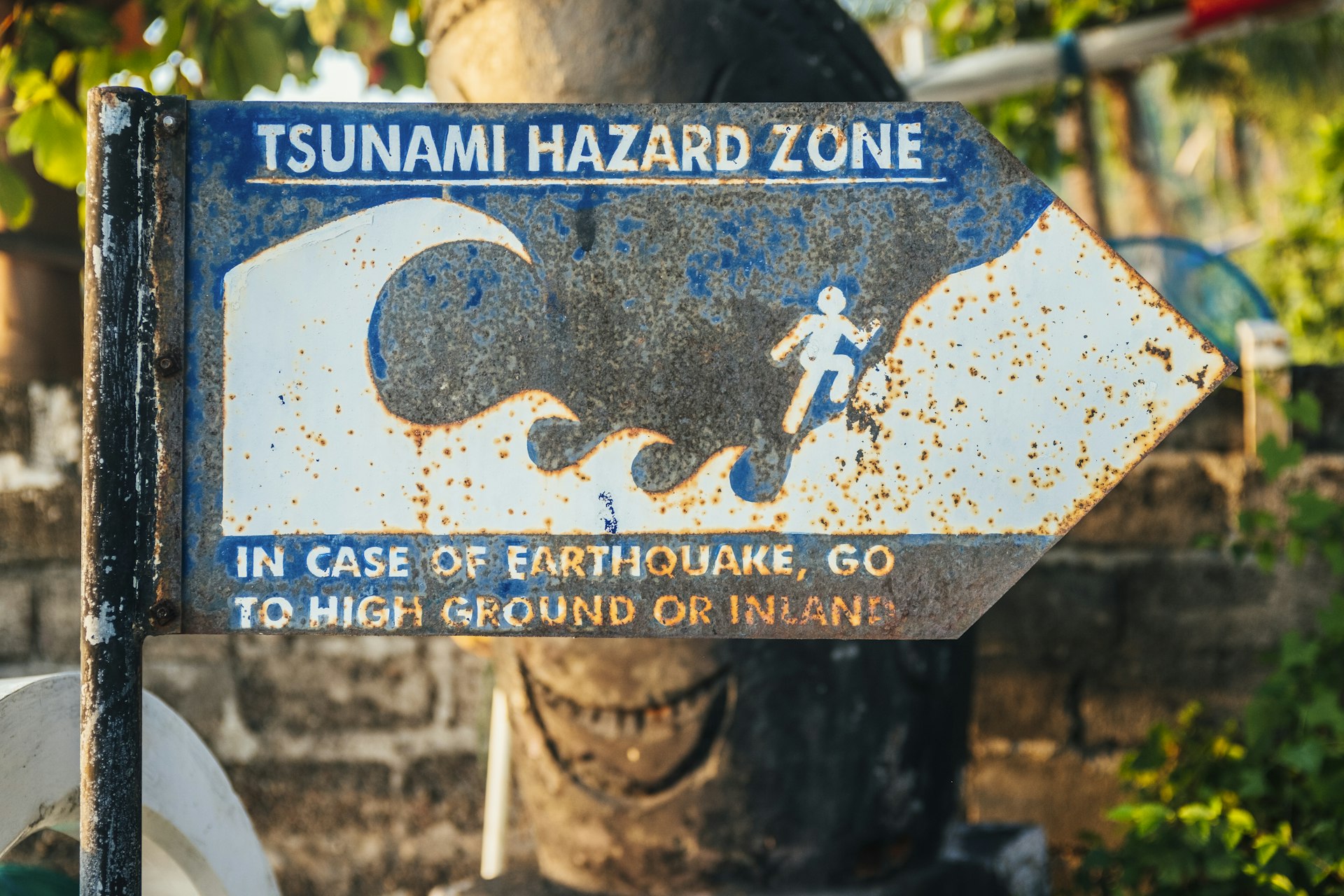Acid Rain’s Environmental Impact: Causes, Effects, and Solutions

Photo by Cody Chan on Unsplash
What Is Acid Rain?
Acid rain is precipitation-rain, snow, sleet, or fog-that contains elevated levels of sulfuric and nitric acids, resulting from the atmospheric reaction of sulfur dioxide (SO
2
) and nitrogen oxides (NO
x
) with water, oxygen, and other chemicals
[2]
. These pollutants primarily originate from the burning of fossil fuels in power plants, industrial facilities, and vehicles
[3]
. Once released into the air, these compounds can travel long distances before falling as acid rain, affecting regions far from the original pollution source
[2]
.
How Acid Rain Affects the Environment
Acid rain disrupts natural ecosystems by altering the chemical balance of soil and water. When it falls, it can make lakes, rivers, and soils more acidic, which leads to a cascade of ecological problems [1] . The effects are widespread and can persist for decades, even after emissions are reduced. Here’s a detailed look at how acid rain impacts the environment:
1. Damage to Aquatic Ecosystems
One of the most visible and immediate effects of acid rain is on aquatic environments. As acid rain flows into lakes, rivers, and streams, it lowers the pH of the water, making it more acidic [2] . Many aquatic organisms, particularly fish and amphibians, are sensitive to changes in pH. For example, at pH 5, most fish eggs cannot hatch, and at even lower pH levels, adult fish may die [3] .
Acid rain also leaches aluminum from soil particles, which then enters water bodies. Elevated aluminum levels are toxic to fish and other aquatic life, further reducing biodiversity [3] . The loss of key species disrupts the food chain, affecting everything from plankton to predators. In some acidified lakes, entire fish populations have disappeared, and amphibian species, such as frogs, may also decline if their food sources-like mayflies-are unable to survive in acidic conditions [3] .
Episodic acidification, caused by heavy rain or snowmelt, can temporarily increase acidity in lakes and streams, leading to sudden die-offs of sensitive species. This phenomenon is especially common in regions with thin soils and little buffering capacity, such as mountainous areas in the northeastern United States [3] .
2. Harm to Forests and Soil
Forests are also vulnerable to acid rain. Acidic precipitation changes the chemistry of the soil, making it harder for trees to absorb essential nutrients like calcium and magnesium [1] . At the same time, acid rain increases the concentration of toxic metals such as aluminum, which can damage tree roots and inhibit water and nutrient uptake [3] .
As a result, trees become weaker, grow more slowly, and are more susceptible to disease, pests, and extreme weather [1] . High-elevation forests are particularly at risk because acidic fog and clouds can strip nutrients directly from leaves, leading to visible damage such as brown or dead foliage [3] . Over time, large areas of forest can experience significant declines in health and productivity.
Acid rain’s impact on soil is not limited to forests. It can also affect agricultural land, reducing crop yields and soil fertility. The loss of essential nutrients and the accumulation of toxins can make soils less productive for both natural and cultivated plants [1] .

Photo by Rasmus Andersen on Unsplash
Other Environmental Effects
Beyond aquatic and forest ecosystems, acid rain has additional environmental consequences. It accelerates the corrosion of buildings, bridges, and statues, especially those made of limestone or marble, which gradually dissolve when exposed to acidic precipitation [1] . This not only damages cultural and historical monuments but also increases maintenance costs for infrastructure.
Acid rain can also contribute to the acidification of oceans, although this effect is less pronounced than in freshwater systems. However, even small changes in ocean pH can affect marine biodiversity and productivity, particularly for organisms like phytoplankton that form the base of the marine food web [1] .
Finally, the nitrogen component of acid rain can contribute to nutrient pollution in coastal waters, leading to algal blooms and declining fish and shellfish populations [3] .
Two Major Ways Acid Rain Affects the Environment
While acid rain has multiple environmental impacts, two of the most significant are:
1. Acidification of Lakes and Streams
Acid rain lowers the pH of freshwater bodies, making them more acidic [2] . This acidification harms aquatic life, especially fish and amphibians, by making water uninhabitable for sensitive species and disrupting entire food chains [3] . The leaching of aluminum from soils into water further increases toxicity, leading to population declines and, in some cases, local extinctions [3] .
2. Soil Degradation and Forest Decline
Acid rain removes essential nutrients from the soil and increases the concentration of harmful metals like aluminum [1] . Trees and other plants struggle to absorb water and nutrients, resulting in stunted growth, increased vulnerability to disease, and, in severe cases, widespread forest die-offs [3] . These changes can alter forest composition, reduce biodiversity, and diminish the ecosystem services that forests provide, such as carbon storage and habitat for wildlife.
How to Address Acid Rain: Practical Steps
Reducing acid rain requires action at both the individual and societal levels. Here are actionable steps you can take:
Reduce Emissions at the Source
The most effective way to combat acid rain is to reduce emissions of sulfur dioxide and nitrogen oxides. This can be achieved by:
-
Supporting Clean Energy:
Advocate for and use renewable energy sources such as wind, solar, and hydroelectric power, which produce little to no SO
2
or NO
x
. - Improving Energy Efficiency: Use energy-efficient appliances and practices to reduce overall fossil fuel consumption.
- Promoting Public Transportation: Reduce vehicle emissions by using public transit, carpooling, biking, or walking.
Policy and Regulation
Governments play a crucial role in controlling acid rain through legislation and regulation. The U.S. Environmental Protection Agency (EPA) and similar agencies worldwide have implemented programs to limit emissions from power plants and industrial sources. Supporting these policies and staying informed about environmental legislation can help drive further progress.
Soil and Water Remediation
In areas already affected by acid rain, remediation efforts can help restore ecosystems. For example, adding lime to acidic lakes and soils can neutralize acidity and improve conditions for aquatic and terrestrial life. Community groups and government agencies often lead these efforts, and volunteering or donating to such initiatives can make a difference.
Monitoring and Research
Supporting scientific research and environmental monitoring helps track the effects of acid rain and evaluate the success of mitigation strategies. Citizens can participate in local water quality monitoring programs or support organizations dedicated to environmental science.
Education and Awareness
Raising awareness about the causes and effects of acid rain encourages broader participation in solutions. Educate yourself and others about how everyday choices impact the environment and what steps can be taken to reduce pollution.
Key Takeaways
- Acid rain is caused by sulfur dioxide and nitrogen oxides reacting with water in the atmosphere, primarily from burning fossil fuels.
- It acidifies lakes, streams, and soils, harming aquatic life, forests, and even infrastructure.
- Two major environmental effects are the acidification of freshwater ecosystems and the degradation of soil and forest health.
- Solutions include reducing emissions, supporting clean energy, advocating for strong environmental policies, and participating in remediation efforts.
References
[1] Iberdrola. Acid Rain: What it is, Causes and Consequences. Overview of acid rain’s environmental impacts, including effects on water, soil, forests, and infrastructure.
[2] Mass.gov. Acid Rain. Explanation of acid rain formation, sources, and environmental effects, with a focus on aquatic ecosystems.
[3] U.S. Environmental Protection Agency. Effects of Acid Rain. Detailed information on how acid rain affects ecosystems, including aquatic life, forests, and soil.
MORE FROM realtyexperts.ai













